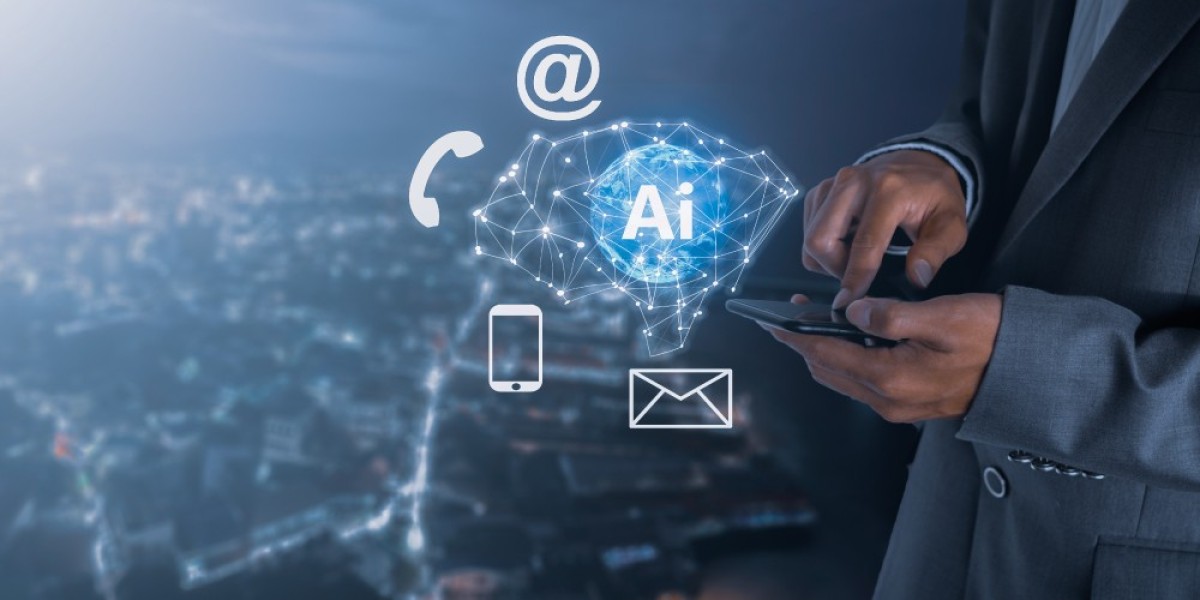These devices depend on lithium-ion batteries—compact, efficient power sources that keep our technology running. However, with continuous use and frequent charging, these batteries gradually lose capacity, leading to reduced performance over time. Understanding what optimized battery charging means can help you extend your device’s life, improve efficiency, and ensure more sustainable use.
The Science Behind Lithium-Ion Batteries
Lithium-ion batteries dominate the modern tech industry due to their lightweight design, fast charging capability, and high energy density. However, these batteries degrade with every charge cycle. Keeping your device fully charged for prolonged periods or exposing it to heat accelerates this wear and tear. To address these challenges, manufacturers have introduced optimized battery charging—a smart feature that reduces stress on the battery and preserves its long-term health.
What Optimized Battery Charging Means in Practice
At its core, optimized battery charging uses artificial intelligence and adaptive algorithms to learn your daily charging routine. Rather than charging your battery to 100% immediately, it temporarily halts charging around 80% and resumes closer to when you typically unplug the device.
For example, if you charge your phone overnight, the system will hold the charge at 80% for most of the night, finishing the last 20% just before you wake up. This reduces the time your battery stays at full voltage—a major factor in slowing down battery aging.
Why It Matters
Once you understand what optimized battery charging means, its benefits become clear. This feature helps extend battery lifespan, maintain efficiency, and ensure safer operation.
Here’s how optimized charging benefits your device:
Prevents Battery Wear: Reduces the strain caused by staying at 100% charge for long periods.
Controls Heat: Minimizes temperature rise during charging, protecting internal components.
Extends Battery Longevity: Slows chemical aging and preserves battery capacity over time.
Supports Sustainability: Fewer replacements mean less electronic waste and a lower carbon footprint.
By intelligently managing voltage and temperature, optimized charging enhances both performance and environmental responsibility.
How Optimized Battery Charging Works
The principle behind optimized battery charging lies in machine learning. Your device studies your behavior—when you plug it in, how long you charge, and when you typically use it. Based on this data, it tailors charging speed and timing to match your habits.
Overnight Charging: Keeps your battery at 80% for hours, then completes the charge before you wake up.
Daytime Use: Adjusts dynamically for shorter or irregular charging sessions.
Changing Patterns: Relearns and adapts automatically if your routine changes.
This intelligent system ensures the battery is ready when you need it, without the stress of being at full charge unnecessarily.
Where You’ll Find Optimized Battery Charging
Understanding what optimized battery charging means also involves knowing which devices support it. Today, nearly all major tech manufacturers integrate some form of smart battery optimization:
Apple: iPhones, iPads, and MacBooks (running iOS 13 or later) have built-in optimized charging.
Android: Samsung, Google, OnePlus, and Xiaomi offer adaptive or intelligent charging features.
Laptops: Both Windows and macOS systems include advanced power management settings that help extend battery life.
Activating this feature in your settings is one of the easiest and most effective ways to protect your battery’s health.
Added Benefits Beyond Longevity
Beyond extending lifespan, optimized battery charging also improves your overall device experience:
Enhanced Safety: Prevents overheating and minimizes risks associated with overcharging.
Convenience: Your battery reaches 100% exactly when you need it—no manual monitoring required.
Peace of Mind: Automates charging management so you can plug in anytime without worry.
This blend of automation and intelligence allows you to maintain optimal battery health effortlessly.
Limitations to Consider
While optimized battery charging offers substantial benefits, it’s not perfect. You might notice occasional drawbacks:
Charging can take longer due to intentional pauses.
It works best when your daily habits are consistent.
The feature may need to be disabled temporarily when rapid charging is necessary.
Despite these minor limitations, optimized charging remains a valuable tool for maintaining long-term battery performance.
Environmental and Economic Advantages
Understanding what optimized battery charging means also reveals its wider significance. Extending battery life directly reduces electronic waste, conserving resources used in producing and disposing of batteries. Moreover, fewer replacements translate to cost savings for consumers and a smaller environmental impact—making optimized charging a win for both users and the planet.
The Future of Smart Battery Technology
As technology advances, optimized charging will become even more intelligent. Future devices may use sensors and AI to monitor temperature, usage intensity, and energy demand in real time, offering even greater precision. These innovations will lead to more sustainable energy consumption, reducing environmental strain while enhancing device efficiency.




